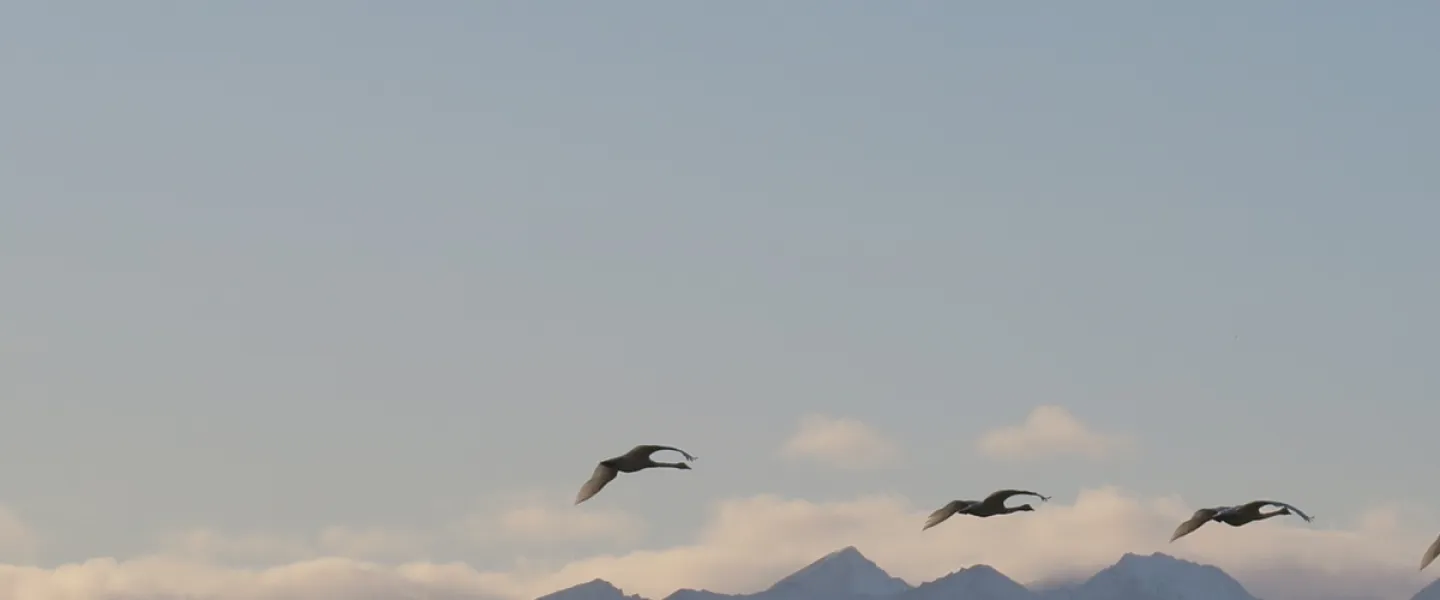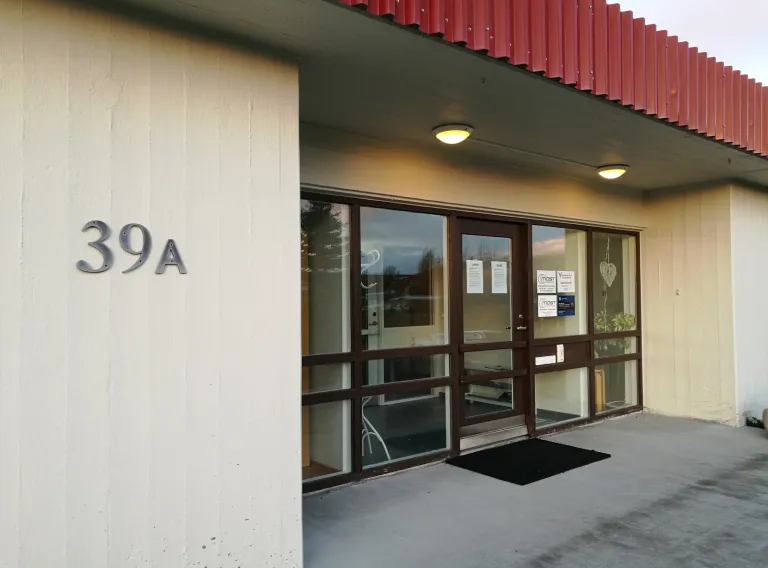
The University of Iceland Research Centre in East Iceland was established in 2008, but its regular operations were suspended from 2010 to 2018. In the meantime, the Institute of Research Centres carried out several projects in East Iceland.
From 2015 to 2018, the research project "Man and Nature" was carried out by the Institute in East Iceland, exploring reindeer and their influence on how Icelanders view nature and culture.
The Research Centre resumed operations on 1 June, 2018, when a new director was appointed.
Its main purpose is to conduct research into the relationship between humans and nature.
The Centre's primary goals are to:
- expand knowledge of nature, human society and culture in East Iceland.
- conduct and encourage research into the history, society and nature of East Iceland.
- strengthen collaboration between the University of Iceland and educational institutions, scientists and academic organisations in East Iceland.
- work on specialist projects in relevant fields as far as opportunity allows.









